I made over 1000 contacts and spent a month working with the Chameleon PRV or Portable Resonant Vertical Antenna kit. The core of the PRV is the Multi Configuration Coil or MCC. This adjustable coil, when paired with an appropriate length whip, will operate on any frequency between 6 and 80 meters. The PRV kit is well suited for outdoor and portable operations such as SOTA, Summits on the Air or POTA, Parks on the Air.
Chameleon PRV (Portable Resonant Vertical Kit):
https://chameleonantenna.com/shop-here/ols/products/cha-mcc
A Chameleon PRV POTA Kit was provided in exchange for this video.
PRV kit breakdown
The core component of the PRV or portable resonant vertical kit is the Multi Configuration Coil. The PRV is a base loaded antenna and the multi configuration coil, when paired with an appropriate sized whip, allows you to achieve a resonant match for any frequency between 6 and 80 meters.
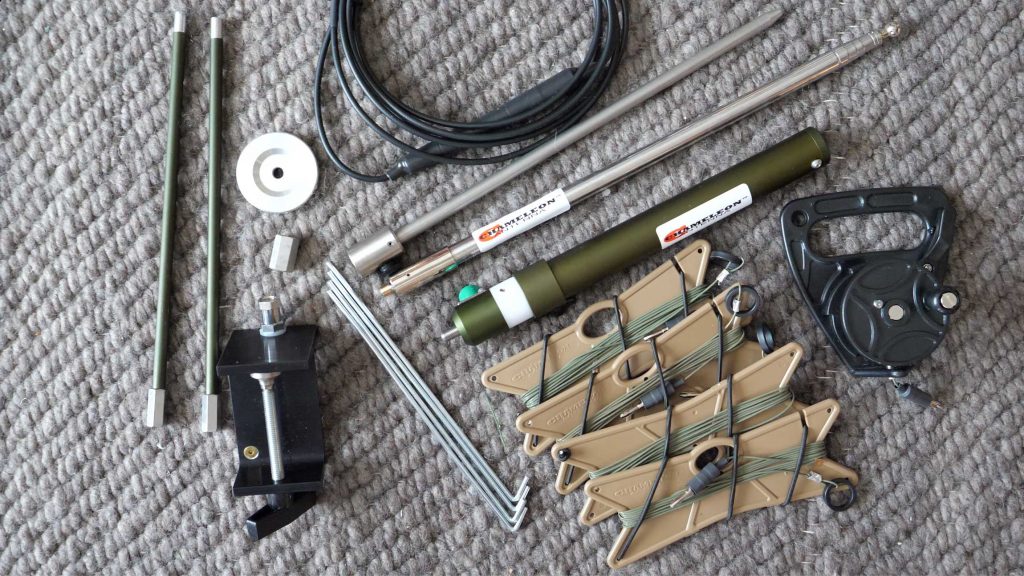
The coil is constructed out of anodized aluminum outer body with a delrin center and stainless steel and silver clad copper wire. At first glance you will say this is Chameleon’s knockoff of the Wolf River coil, but i believe it is more appropriate to compare the PRV kit and multi configuration coil with the Super Antenna MP1. The MCC is a more refined and elevated version of the MP1 coil, with the addition of being manufactured in the USA.
The coil itself is fairly lightweight, weighing in at just under 16 ounces and fully collapsed, it is 12 ½ inches long. At the base of the coil is a 3/8×24 male thread for attaching it to a base. Their is an SO-239 or UHF female connection for the coax, a thumb screw to lock the outer body of the coil to the center. This will keep it from slipping after you have a match. And finally, a 3/8×24 female receptacle for a whip. The choice of whip you use will determine the frequency range of the coil.
Chameleon sells the PRV kit in three different packages, the MCC coil by itself, the SOTA, or summits on the air light kit, and the POTA, parks on the air heavy kit.
Assembling the kit
Assembling your PRV or portable resonant vertical antenna is pretty straight forward. If you have any experience with other base loaded verticals this will seem familiar.
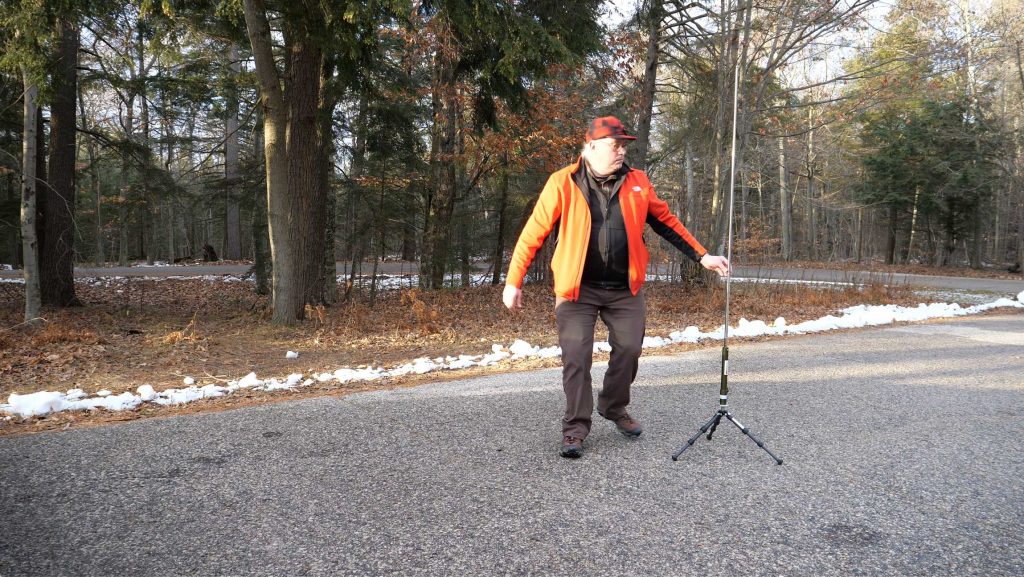
First off is the base or antenna support. The PRV kit comes with a ground spike you can push into the ground to support the antenna. If you are working with soft earth, this stainless steel spike will the coil and up to the 17 foot whip. But, if you are like me, and it’s winter, or if you are operating on hard earth, or a durable surface like asphalt or concrete, the spike won’t work. The POTA heavy kit solves that with the UCM or universal clamp mount can be attached to anything with a lip, like a picnic table or bbq grill. The coil and whip can be deployed from that.
For my testing I preferred to use their new carbon fiber tripod. This is a lightweight portable tripod with extendable and adjustable legs. You can splay the legs out and it will easily support the coil and the PRV standard whip in most weather conditions. It will also support the 17 foot whip as long as it is not windy. If there is anything brisker than a gentle breeze, you run the risk of the tripod tipping over. Sand bags or weights on the legs will help prevent that. The tripod has a 3×8 x 16 course thread and ¼ inch male thread. These are standard tripod threads and the PRV kit comes with a ¼ inch to ⅜ inch fine thread adapter. You will use this adapter with the Chameleon tripod or any other tripod you wish to use.
Tuning
Tuning, or finding a good match, on your PRV can be easy, or it can be a challenge, it all depends on how you approach the process. I’ve had situations where the SWR in my vertical antenna drops down to nothing, and other times when it was a total bear and I can’t get lower than 2:1. I’m going to tell you right now, it’s not you, and often it is the location or ground conditions the antenna is on. That means if you are going to run with base loaded vertical antennas, you just need to accept that sometimes you won’t get perfect SWR, and in reality, anything less than 2:1 really is ok. Fortunately, Chameleon, with the PRV offers a fair amount of guidance in their user guide on how to get a good match on the various bands.
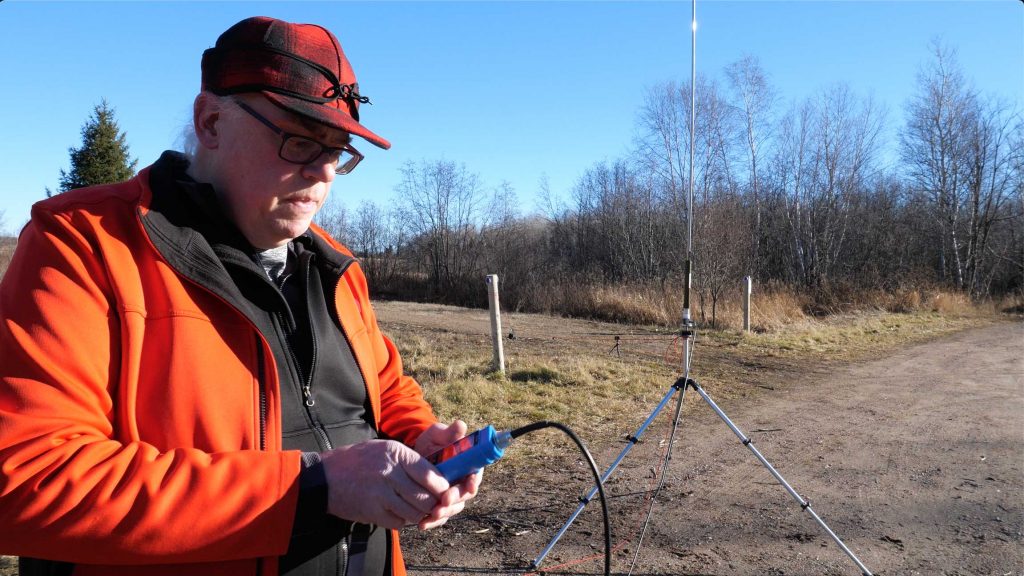
My experiences
So what is my experience with the Chameleon PRV or portable resonant vertical antenna? I’m going to say that I am very impressed. Honestly, this isn’t a one off review of the antenna, but instead my opinions after using for a full month and making over 1000 contacts with it. There are some things that I like, and some that I don’t.
First off, construction is top notch. This antenna is made in the USA and it shows with quality components. The multi configuration coil is well built, it is designed to handle up to 500 watts single sideband and 200 watts digital modes. I find that the construction of the coil and whip would support those claims. The documentation is excellent, it goes into great detail on how to tune and adjust the antenna, which is outstanding. The system is extensible, you can use it with the 58 inch whip, but I believe it really shines when you combine it with either the 9 foot Mil-Whip or 17 foot stainless collapsible whip. The 34 foot wire winder radial is innovative, but I think its also the weakest part of the package.
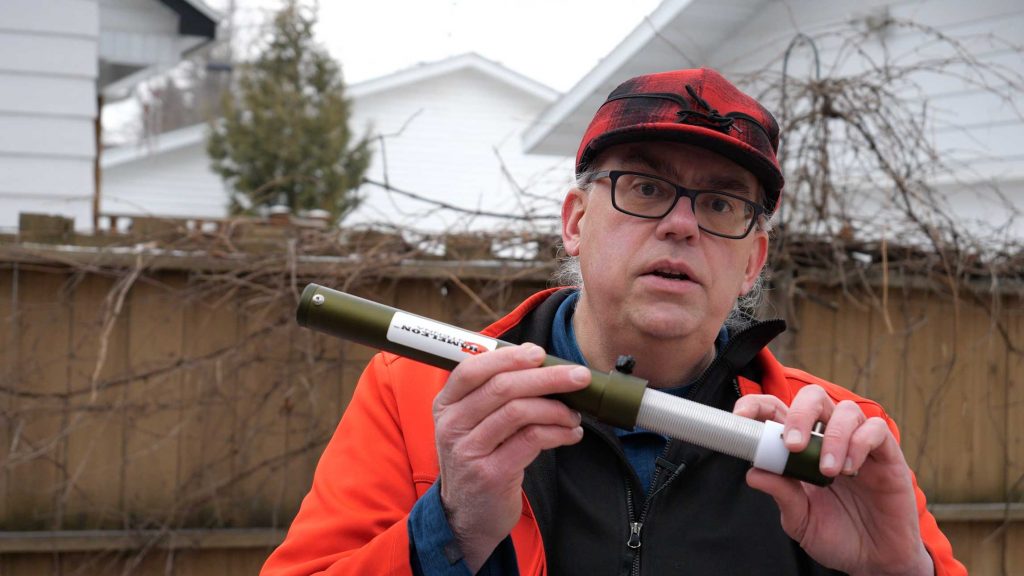
The problem I have with the wire winder radial is the weight. When you suspend it on a line from the elevated tripod to another support, you will need either a substantial tripod or to guy everything down as the weight of the winder on the line will pull the whole thing down. Since the ground was frozen during my test period, I couldn’t guy things, so I struggled with deploying the elevated radial system.
But the elevated radial system also seemed to offer the best performance overall, so the effort to put it up is worth it. Properly deployed, I found it easy to get a match with the elevated radial as you weren’t subject to the vagaries of ground conditions.
But I really like that the kit is extensible. You can add additional radials for better ground performance. I found that to really be a benefit for the 20 and 40 meter bands. You can use it with the magic carpet. I had a difficult time getting a good match with the faraday cloth and the 58 inch whip, but the ground screen worked great with the longer whips. And speaking of longer whips, I think the PRV is at its best when you use it with the 17 foot stainless or 9 foot mil-whips. I had no problems putting out great signals QRP, with only 5 watts of power using the long whips.
Bonus content and activation videos using the Chameleon MCC coil and the PRV kit are available to my patrons. Please visit my page on Patreon for details: https://www.patreon.com/kb9vbrantennas
Timestamp
00:00:00 Chameleon PRV Portable Resonant Vertical Antenna kit
00:00:57 CHA MCC Multi Configuration Coil
00:02:38 PRV SOTA Light and POTA Heavy Kits
00:03:36 Deploying the PRV POTA Heavy Kit with Extensions
00:05:52 Ground Spike, UCM, Carbon Fiber Tripod
00:07:55 PRV SOTA Light Kit Deployment
00:09:15 Tuning the MCC Multi Configuration Coil
00:11:01 Elevated deployment with the wire winder radial
00:12:35 My experience with the Chameleon CHA PRV POTA Kit
Like what you see? You can leave me a tip:
https://www.paypal.me/kb9vbr
Become a patron! Unlock exclusive content at: https://www.patreon.com/kb9vbrantennas
Support Ham Radio Q&A by shopping at Amazon: http://amzn.to/2kO6LH7
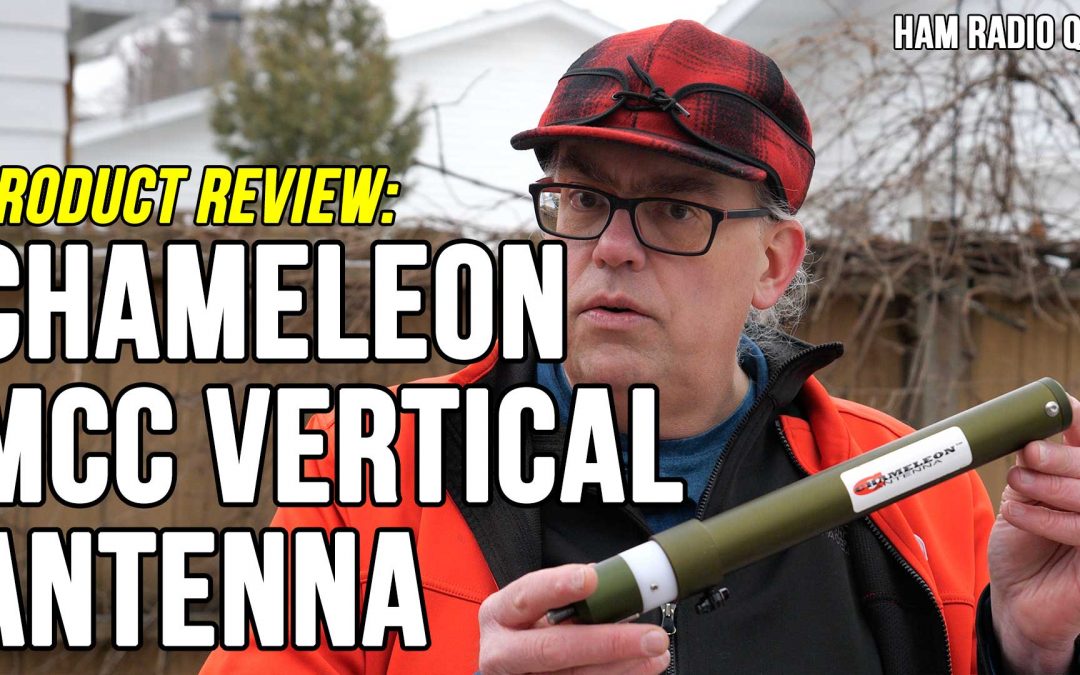
Recent Comments